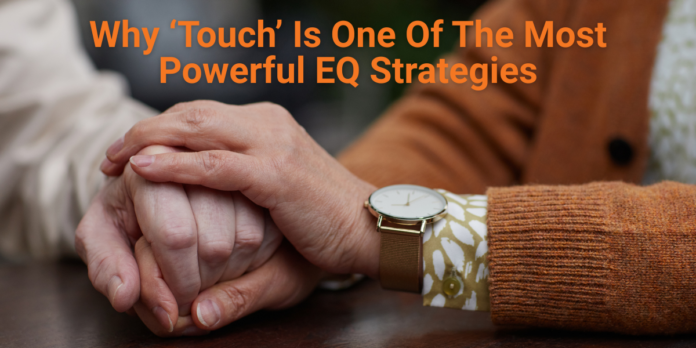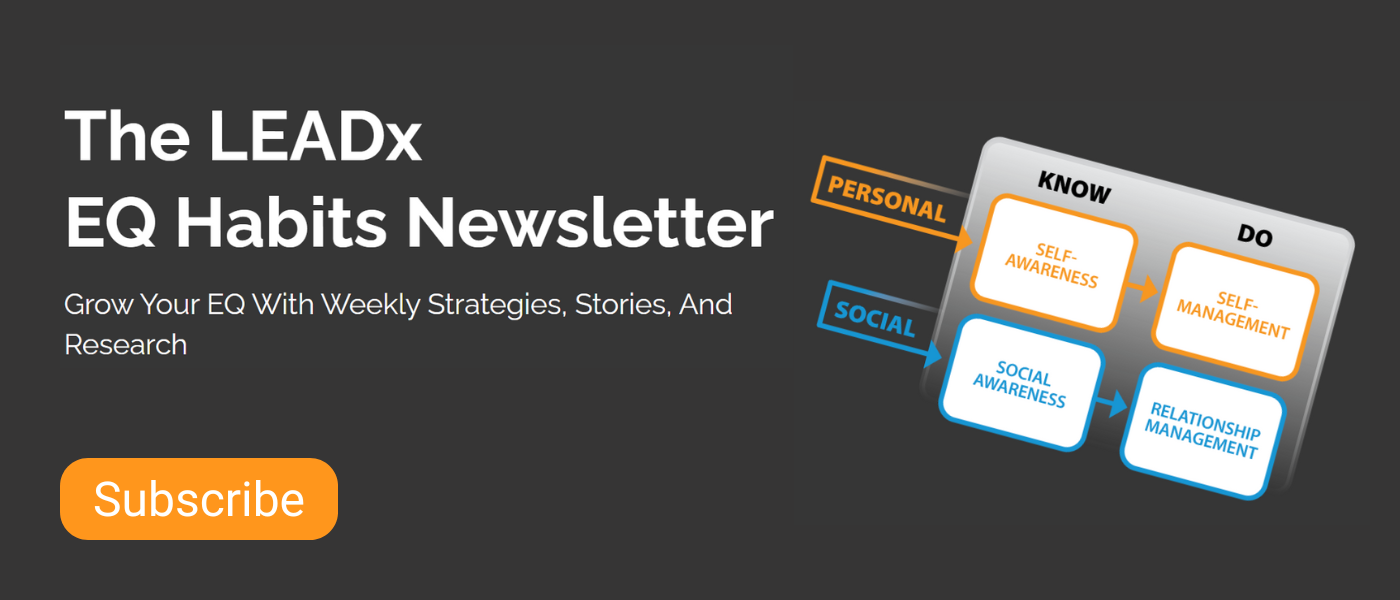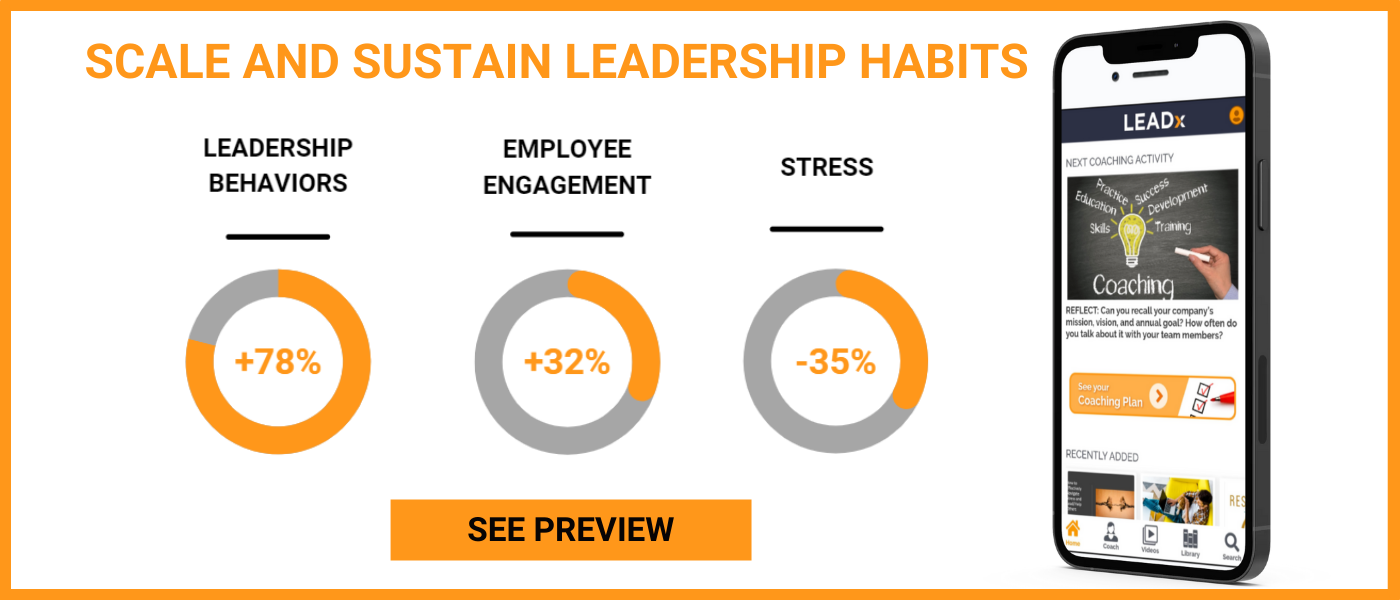
Musician Nick Cave tragically lost two of his sons in the last 10 years. Through his profound loss, he’s been incredibly open about his grief, sharing what he’s learned.
 One story he shares often is the first time he went out in public after his son Arthur died. Cave lives in a small seaside town where everyone knows him. He knew that everyone in town would know about what had happened, and he was nervous going out. “I went to a vegetarian takeaway restaurant…I knew quite well one of the girls who worked there, a wonderful person,” he explained. “I was in a line and came up to her and she didn’t say anything. And I was kind of shocked. Like, don’t you know what’s happened to me? And I gave her the money and she handed me back the change and just squeezed my hand…I’ll never forget that because it was so beautifully, quietly articulate.”
One story he shares often is the first time he went out in public after his son Arthur died. Cave lives in a small seaside town where everyone knows him. He knew that everyone in town would know about what had happened, and he was nervous going out. “I went to a vegetarian takeaway restaurant…I knew quite well one of the girls who worked there, a wonderful person,” he explained. “I was in a line and came up to her and she didn’t say anything. And I was kind of shocked. Like, don’t you know what’s happened to me? And I gave her the money and she handed me back the change and just squeezed my hand…I’ll never forget that because it was so beautifully, quietly articulate.”
In a world driven by words, both electronic and verbal, it can be easy to overlook the power of touch. Small gestures are constant. Greeting each other with hugs, high-fives, and hand shakes. Touching someone’s shoulder to acknowledge they’re going through a tough time. Patting your friend on the back after a workout. Kids tandem riding e-bikes. Helping someone across the street. Most of these gestures are subconscious, but they can communicate more than words ever could. Used with a bit more intention, touch can be a powerful way to connect with people and show them you care.
Touch Can Be More Expressive Than Words.
“It was beyond language, beyond words,” Cave said, talking about the woman at the register who squeezed his hand. “I think it’s these small kindnesses that really resonate.”
Touch can often enable us to communicate something that would have been impossible with words. To show Cave she cared without touch, the cashier would have had to have said something that everyone else in line heard. By simply squeezing his hand, she could show how much she cared but still give him the privacy to go about his day.
Once you look for it, the power of touch is present everywhere. My friend and coworker is a surfer. Sadly, his dog recently passed away in an accident. He told me a story similar to Cave’s. A couple weeks after his dog’s passing, he ran into one of his friends while surfing. His friend paddled over to him, and from his board, he leaned awkwardly over to give him a hug. Both of them in wetsuits and unstable on their boards. “And because that hug was so awkward logistically, it meant even more to me,” my friend explained. “More than any platitude or kind words possibly could.”
Touch Is Linked to Increased Cooperation and Performance
One fascinating study on the NBA published in Emotion found that early-season physical touch among teammates—such as high-fives, fist bumps, and hugs—predicted improved individual and team performance later in the season. This association remained true even when accounting for factors like player status, preseason expectations, and early-season performance. Touch fosters cooperation among teammates, and this in turn enhances performance both on an individual and team level.
Touch Produces the ‘Bonding Hormone’ Oxytocin
Poet and professor Ross Gay writes daily essays on “small delights” in his life. He publishes them in brilliant little books, like The Book of Delights and The Book of (More) Delights. One recurring theme across his essays is human touch. He writes about:
- a girl in a coffee shop who high-fives him for his hard work on his writing
- the tenderness of a football teammate picking you up after a play
- tapping someone on the shoulder to let them know it’s their turn
Each example becomes its own essay. One reason touch is capable of making Gay and many others feel so good is that it produces the “love hormone” oxytocin. Oxytocin positively impacts social behaviors like:
- relaxation
- trust
- psychological stability
So as Gay writes about these seemingly random moments of delight, he’s capturing something innate—our chemical need for interaction and touch.
Touch and EQ: Showing People How You Feel with Touch
One of the toughest things to do is to show other people you care. And this tends to be one of our greatest regrets later in life. We look back and wish we had made that simple gesture to reinforce how much we cared before it was too late. By leaning on touch, we can communicate a lot with a little. Fist bumps, hugs, shoulder touches, and high fives all have a deeper place in our world than we tend to credit them. They can be playful, tender ways to show you care. You can communicate paragraphs in a passing second.






